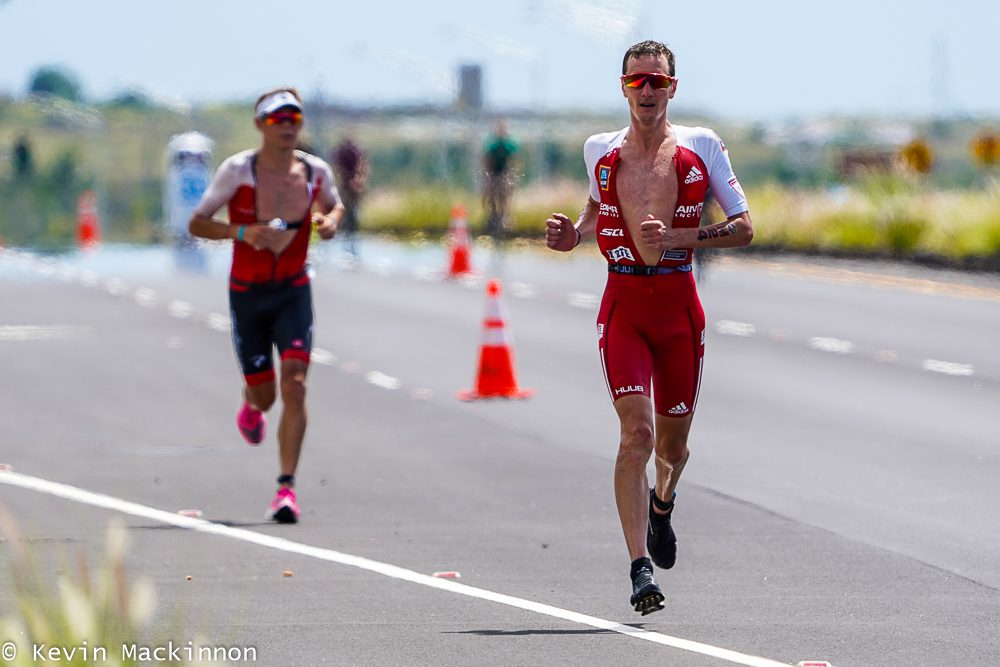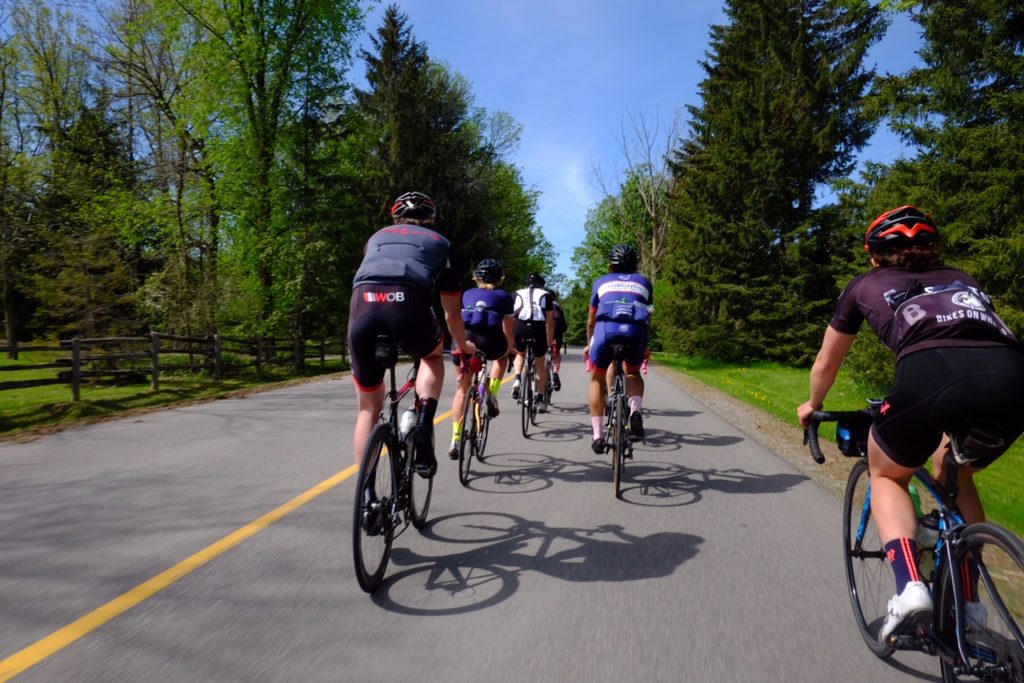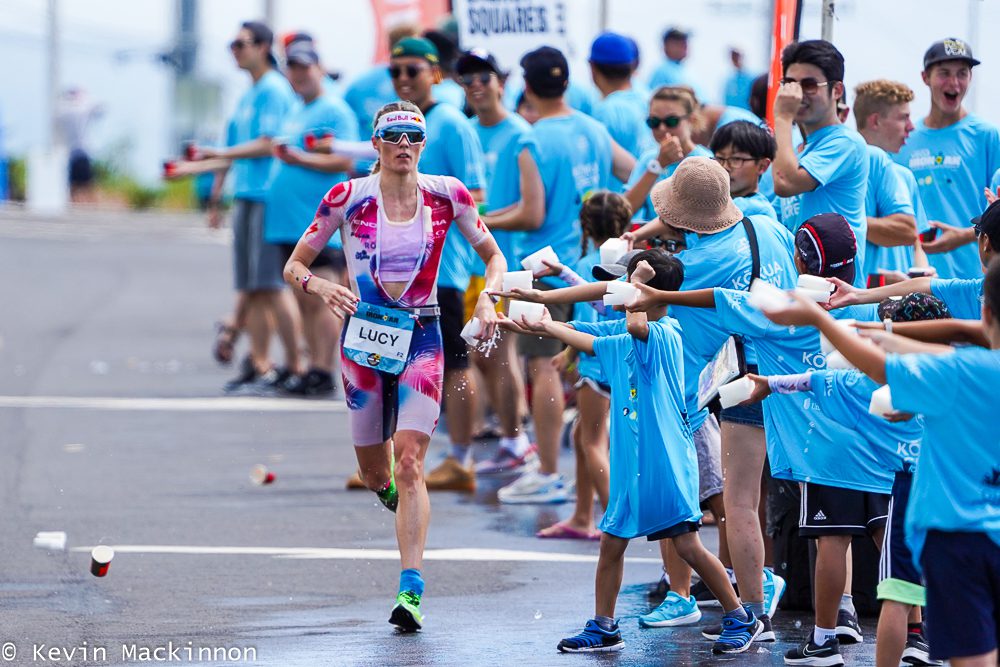Five tips to avoid bonking this summer
Why bonking happens and how to avoid it

You’re halfway through an epic ride or weekend long run, the first of the summer and hopefully the first of many more adventures to come. It’s such a good feeling, isn’t it? You’re in a state of euphoria – where it seems like nothing can bring you down. Suddenly your legs go heavy, your head hurts and you can’t think straight. The infamous bonk, also known as hitting the wall. No matter your experience level, you’ll experience a good bonk every so often. While fitness may play a role, chances are it has more to do with your nutrition than anything else.

Related: Why are endurance sports so addicting?
Before we look at how to avoid bonking this summer, let’s first understand the problem.
The body uses primarily two sources for energy when exercising – glucose and fat. Glucose is the most common source to meet our energy demands. It is normally readily available in your blood to respond to sustained periods of exercise. For efforts lasting up to 75 to 90 minutes, the body will additionally breakdown glycogen in muscles and liver – raising blood glucose levels. However, there is limited glycogen storage. Therefore, glucose is often supplemented in efforts lasting greater than 90 minutes. Fat stores offer a ‘limitless’ supply of energy. For example, an athlete of 70 kg and 10 per cent body fat has about 68, 240 calories of energy stored as fat. On the other hand, carbohydrates have a limit of approximately 3,000 calories stored glycogen. However, fat metabolism takes longer to engage and it needs to be effectively trained (read more). So, the primary problem we are concerned with when it comes to bonking is glucose intake and storage.

Related: How hydrating with water alone is affecting your performance
Now that we have a grasp of the problem, here five tips that you can use to avoid bonking this summer. This is not a step-by-step approach, instead, these are guiding principles that can be adapted to different circumstances.
- Pre-training and carbo-loading. This advice needs to be taken with context. There is a myth out there in the endurance community, especially among beginners that you need to carbo-load before all events or training sessions. This simply is not true, nor healthy. For sessions lasting less than 75 minutes, you do not need to carbo-load. The glycogen stored in your body in a typical, non-loaded state is more than enough. Those who are training 75 minutes or more need to consider carbo-loading for some sessions. A good guideline is to aim for seven to eight grams of carbs per kilogram bodyweight three days before the race; eight to 10 grams per kilogram two days before and 10 to 12 the day before.
- Glucose intake during training. The American College of Sports Medicine recommends that intake of 30-60 g of carbohydrates per hour is an appropriate level to sustain endurance activity. This can come in different forms – liquids or solids – and it is largely based on preference and experimentation. When it comes to racing, carbs are king. But that doesn’t mean you need to overdo it. Shorter races don’t require a full carbo-load and runners are best off sticking to their typical diet. For longer events with expected finishing time greater than 90 minutes, doing a two-or-three day carbo-load can make a big difference.
- Electrolyte intake during training. This is important to note. While glucose stores and intake are important, electrolyte intake is just as important when it comes to brain and muscle function (read more). The American College of Sports Medicine recommends that an intake of 0.5 to 0.7 g of sodium/L of water is appropriate for a sustained level of endurance activity.
- The debate between liquid or solid nutrition. There are arguments for both, however, the general conscience is that for the vast majority of the population consuming carbs via solids and electrolytes via liquids is most beneficial. There are, however, some that do experiment with liquids for all. The benefit of liquids is that it reduces the amount of work your gut has to do to absorb nutrients. However, it can lead to excess fluids. In either case, experimentation and an individualized plan would need to be developed.
- Replenishing stores after training. Often forgotten is nutritional recovery. When training, your body depletes glycogen stores and damages muscle protein. Therefore as part of your recovery, you should keep an eye on the number of carbs and protein you take in. It is commonly recommended to take in a three to one ratio of carbs to proteins (roughly 0.5-0.7 grams of carbs per pound and 0.15-0.2 grams of protein per pound).
Related: Fasted workouts part of a periodized nutritional approach
By following these principles, you’ll reduce your chances of bonking and improve your recovery to do more consistent training in the days following.
